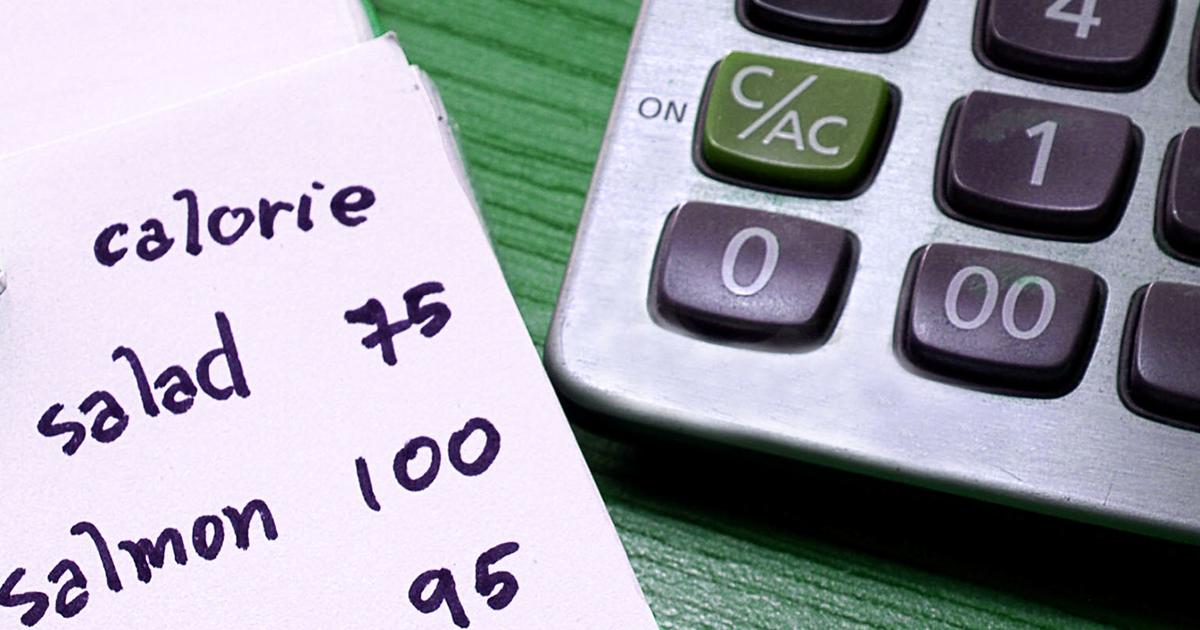Calorie Restriction Diet Plans: Are They Healthy?
Examples Of Calorie Restriction Diets

The Cambridge diet is one of the primary examples of calorie restriction diets. Developed in Britain in the 1980s, the diet begins with a four-week period designed to promote weight loss of at least three to five pounds per week. Patients consume 415 to 554 calories per day, and the calories come exclusively from specialized meal replacement shakes and soups. Women are allowed three meal replacement products per day, and men are to consume four. No additional food is permitted, and patients are encouraged to drink at least two quarts of water per day. After the initial four-week period, the plan enters a stabilization phase that allows up to 790 calories per day. Patients in this phase can have three meal replacement products and one meal of green vegetables, cottage cheese, and three ounces of fish or poultry. A similar calorie restriction program is run by doctors at UCLA Health. Known as the RFO Weight Management Program, this program also uses meal replacement shakes and soups and allows for a range of four hundred to one thousand calories per day. Patients on the program have their weight, blood pressure, potassium, and cardiac health monitored several times a month. Patients who do not want to use meal replacement products often create their own version of a calorie-restricted diet by restricting their eating to calorie-controlled amounts of certain food groups. The grapefruit diet and the cabbage soup diet are examples of these diets.
Uncover some of the claimed health benefits of calorie restriction next.